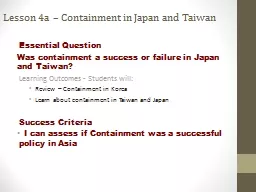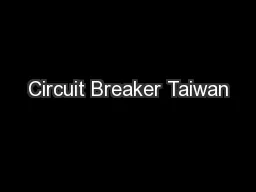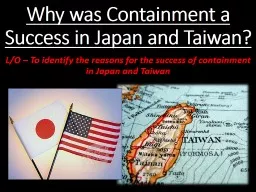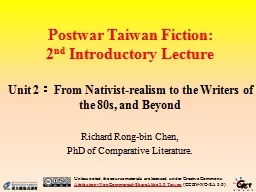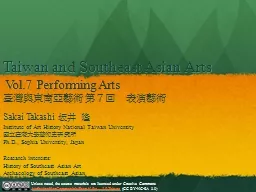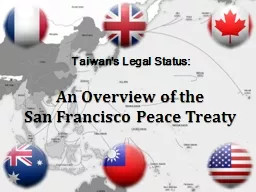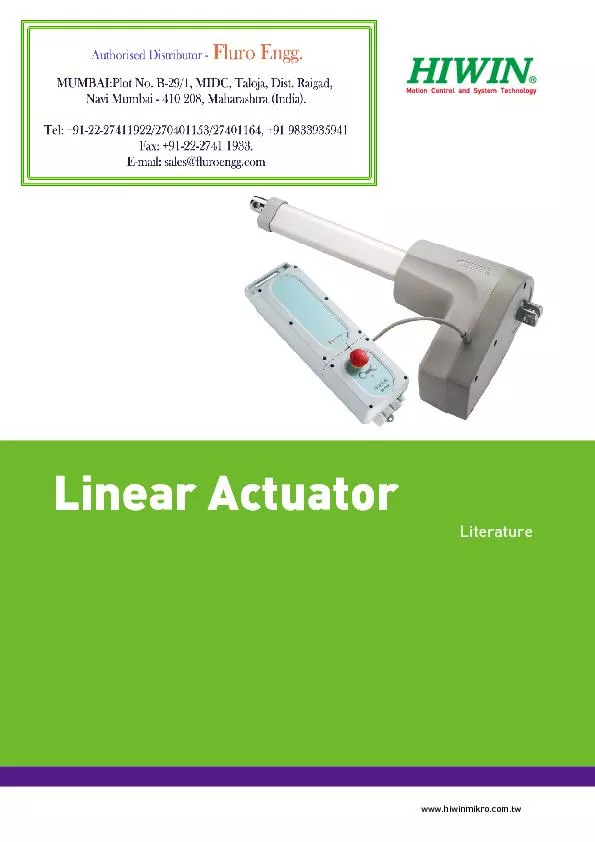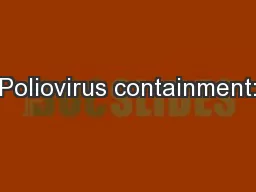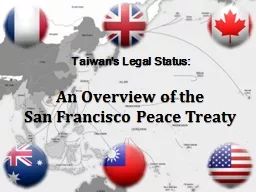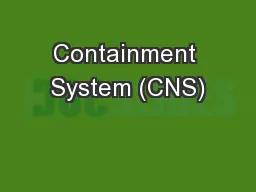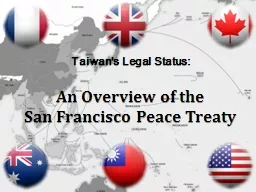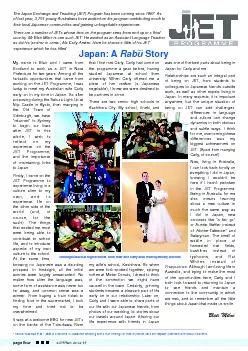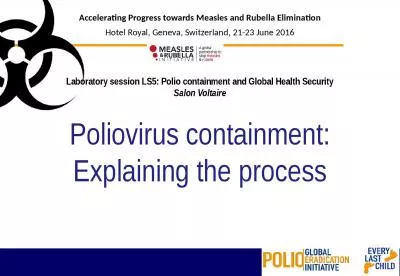PPT-Lesson 4a – Containment in Japan and Taiwan
Author : min-jolicoeur | Published Date : 2019-06-23
Essential Question Was containment a success or failure in Japan and Taiwan Learning Outcomes Students will Review Containment in Korea Learn about containment
Presentation Embed Code
Download Presentation
Download Presentation The PPT/PDF document "Lesson 4a – Containment in Japan a..." is the property of its rightful owner. Permission is granted to download and print the materials on this website for personal, non-commercial use only, and to display it on your personal computer provided you do not modify the materials and that you retain all copyright notices contained in the materials. By downloading content from our website, you accept the terms of this agreement.
Lesson 4a – Containment in Japan and Taiwan: Transcript
Download Rules Of Document
"Lesson 4a – Containment in Japan and Taiwan"The content belongs to its owner. You may download and print it for personal use, without modification, and keep all copyright notices. By downloading, you agree to these terms.
Related Documents

